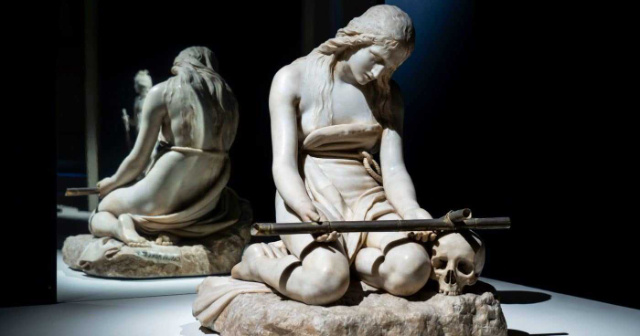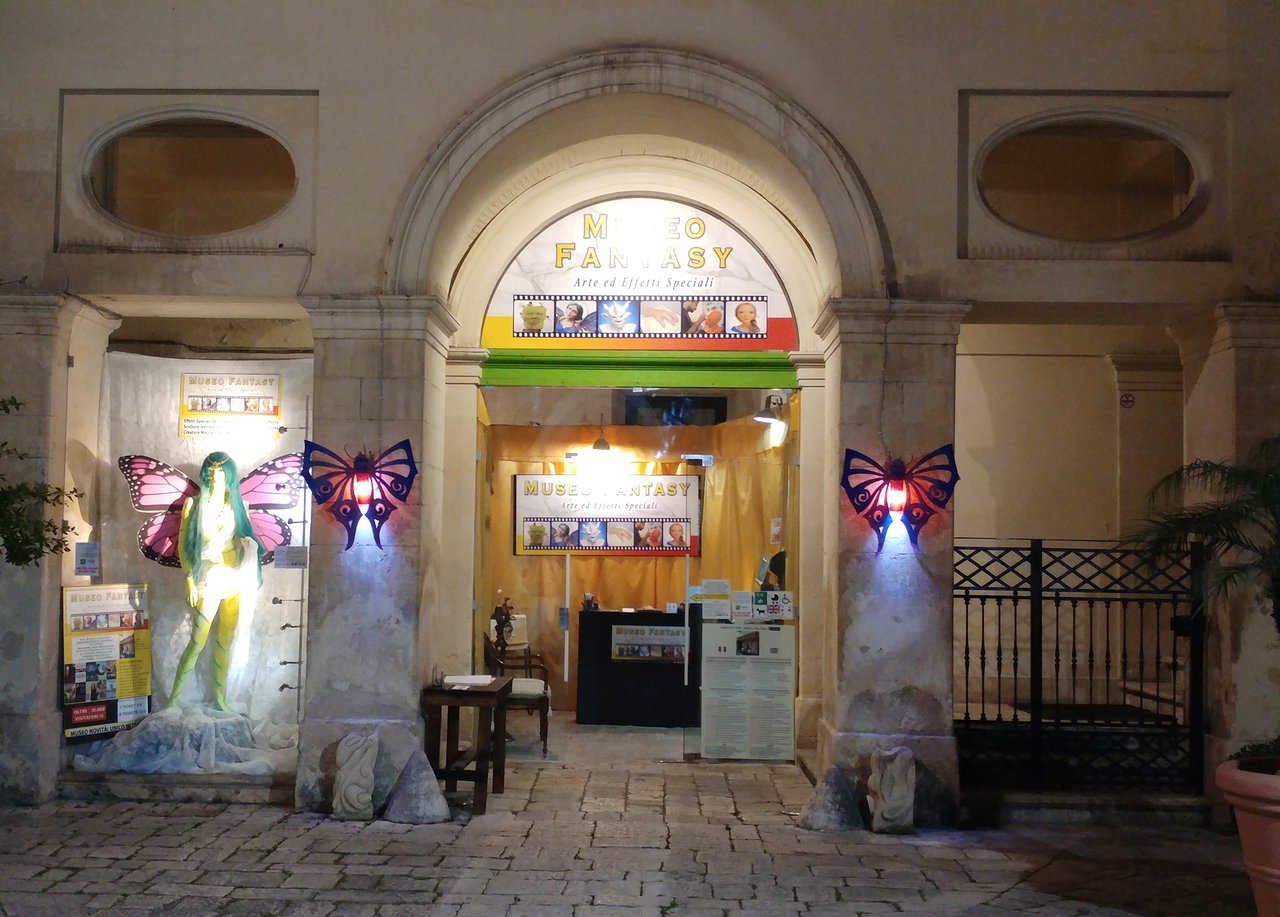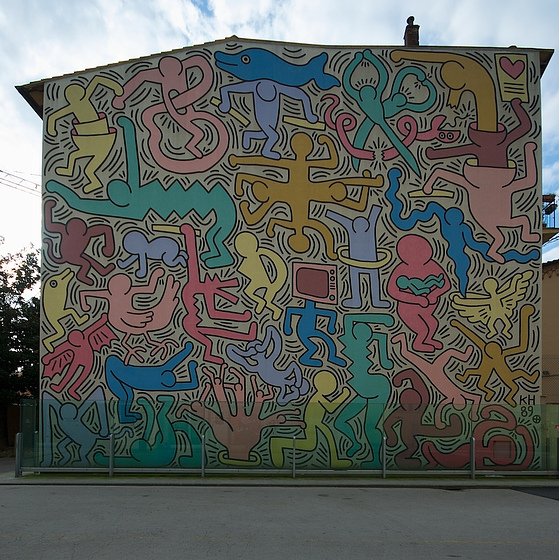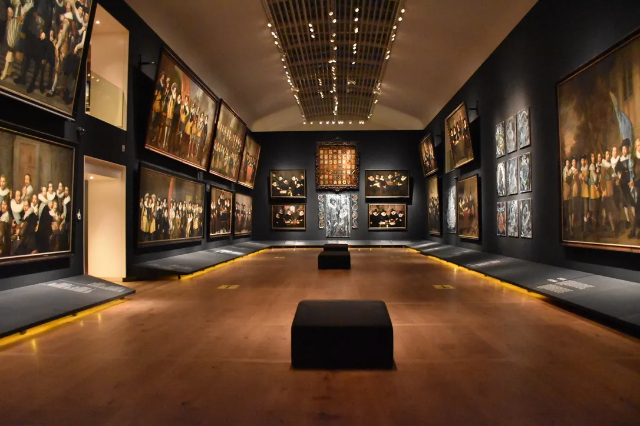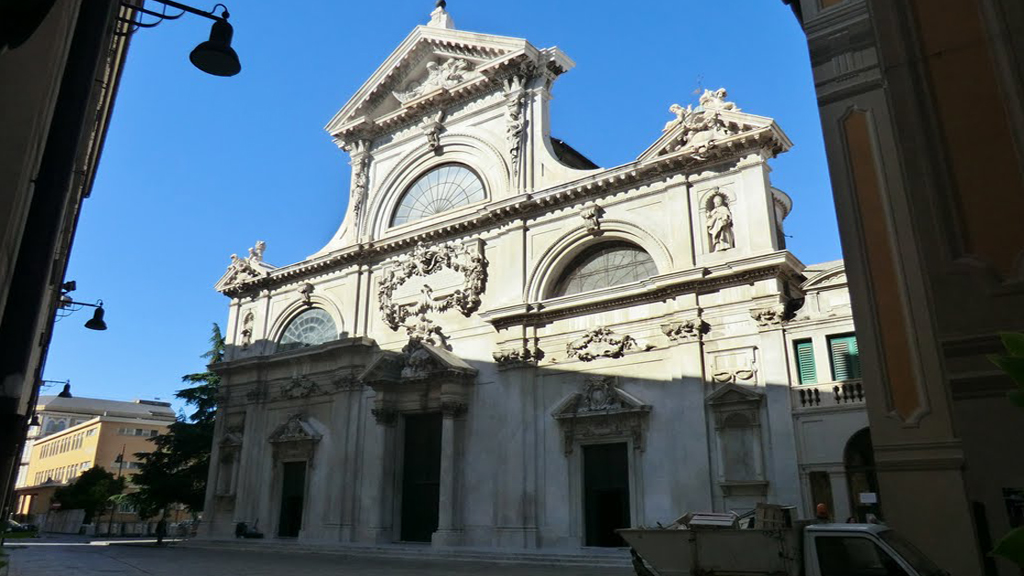The work, considered one of the masterpieces of artist Antonio Canova’s early creative phase, bears the inscription "Canova Roma 1796" on the back. Commissioned by Bassano administrator Tiberio Roberti (1749-1817), a friend of the artist, the sculpture was preceded by a drawing from Bassano’s Eb notebook and two sketches, one in earthenware, now in the collections of the Venetian Civic Museums, and one in terracotta, still in the Canova collection of the Museums of Bassano del Grappa, and a plaster model, identified with a sculpture in the Civic Museums of Padua. By April 1794, the sculpture was being worked on and was probably completed soon after the 1796 Ascension.In 1797, because of economic difficulties related to Napoleon’s battles in the Venetian countryside, Roberti gave up the purchase of the sculpture. The Venetian critic Francesco Milizia helped Canova find a new buyer in Giovanni Priuli (1763-1801), a Venetian national auditor at the Tribunal of the Sacred Rota, who virtually became the owner of the work before June 1797, but did not take possession of it.During the Directoire period, the sculpture was purchased for 1,000 zecchini (twice as much as originally budgeted!) by Jean-François Julliot, a marchand, a man of great wealth obtained from para-military supplies during the Napoleonic campaigns in Italy and Egypt. A representative in Rome of the Cisalpine Republic, Julliot took the Magdalene to Paris, where it became the first work by Canova to reach the French capital. Later, the work was given to Giovanni Battista Sommariva (1757-1826), a leading member of the Milanese triumvirate that had ruled between 1800 and 1802 the second Cisalpine Republic, who exhibited it at the Paris Salon of 1808. His dazzling appearance was greeted with great enthusiasm by the public and sparked a debate in art criticism regarding the artist’s choices with respect to the boundaries between painting and sculpture and the possible interference between the two arts.In the Penitent Magdalene, Canova shaped marble to its extreme possibilities, moving from the extreme smoothness of Magdalene’s patinated body to the barely rough-hewn and rough treatment of the base on which she stands. The gilded bronze insert of the cross, together with the realism of the tears and the flowing hair that the artist treated with wax mixed with sulfur to restore its color, appear a conscious meditation on the possibilities of achieving in sculpture the same effects as in painting.
